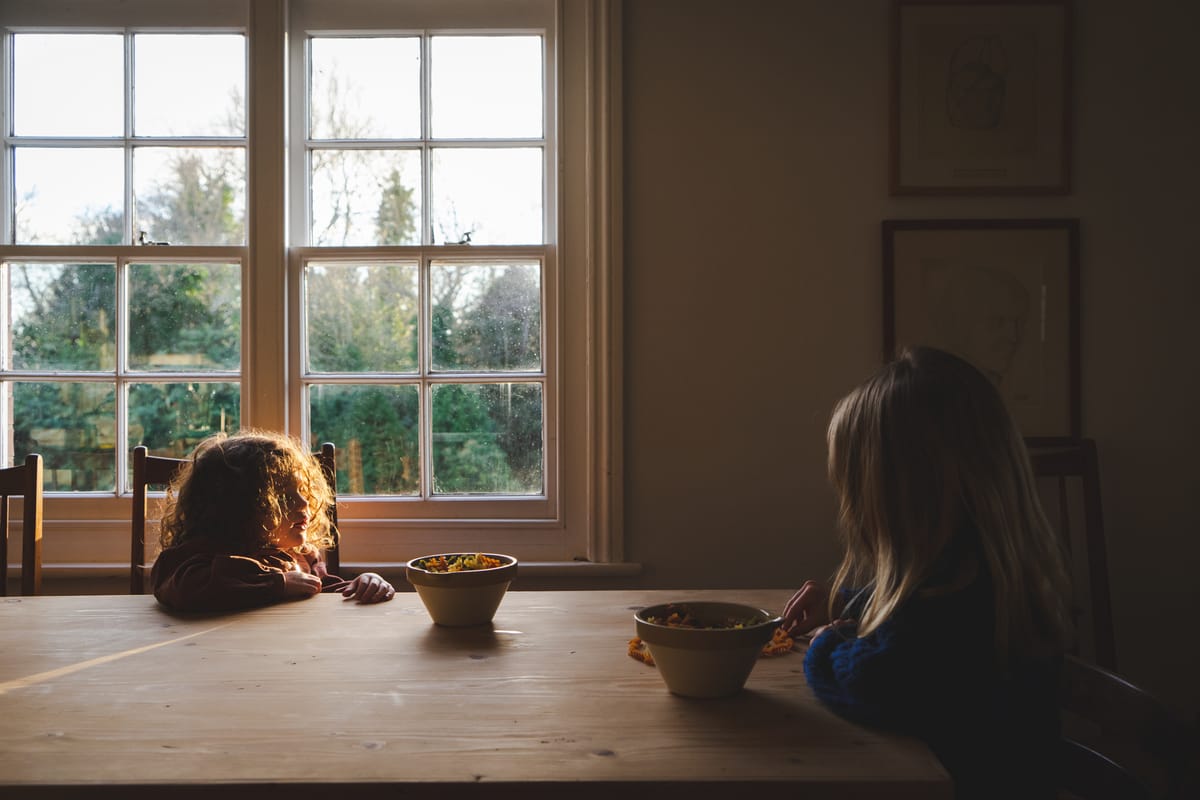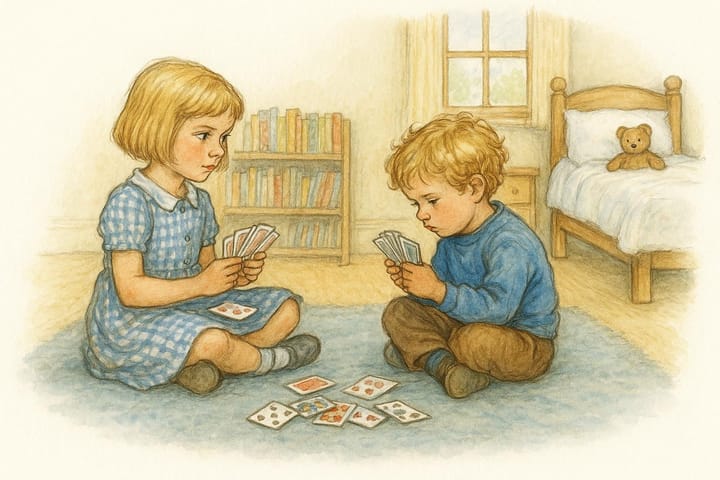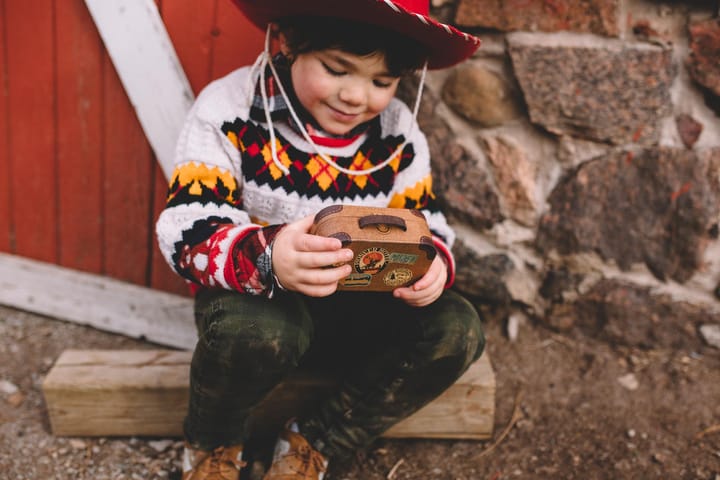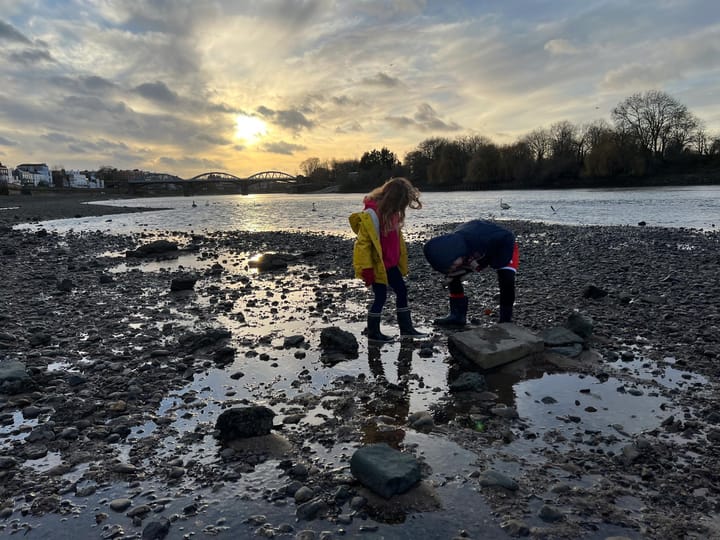Setting up for screen-free success

I thought I was a pretty good teacher.
I kept calm. The children liked me. Lessons were fun.
I wasn’t perfect but I knew how to inspire learners.
Being a parent was going to be a walk in the park.
Erm…
Actually, it all started out OK. I believed in the power of play, of interesting projects and interesting adults. I set up the play space for my children and they thrived.
But life has a way of bringing you back down to earth. Pride comes before a fall. Hubris invites nemesis.
And my nemesis was Iggle Piggle. And, like a vampire, if you invite him in, you have no power over him.
You see, that overgrown, blue, blanket-carrying toddler was a gateway drug. Over time, he introduced us to his lower companions, Mr. Beast and those funny characters who record themselves playing video games.
First it was 10 minutes’ screen time while I prepared lunch. Then it was 20 - there was often also washing to put into the machine. And sometimes it was even longer - like when I was on deadline, writing emails for you.
The trouble is, once addicted, the only way out is going cold turkey.
It doesn’t have to be forever, but you have to show your child that there is another way to live.
Welcome
Welcome to the first edition of Screen-Free Saturdays!
If you’re here, I expect it’s because you feel my pain. You’ve been there too.
Screen time is a habit and habits are hard to break. But you can do it. I’ll show you how.
You can go fully screen-free, but it’s not the expectation. For all kinds of reasons, it’s not realistic for many families.
But what a prize! To go screen free even for a day a week or for a few hours each day. What would your child - and your family - do with that time? It’s a chance to become calmer, happier, more creative and engaged. The benefits would spill over into every aspect of home life.
Over the years, as both a parent and a teacher, I’ve come to see that activities aren’t the answer.
What’s the point of having a great idea if your child isn’t in the mood, doesn’t have the skills or you can’t fit it into your day?
What you need is a system.
I don’t mean something rigid, a formula to follow. Those kinds of systems are brittle. They break the first time something goes wrong.
No, you have to set up your home so that success is guaranteed. You have to make the right choice the easy one. You have to establish a play habit.
Our focus is on quick wins. There’s nothing complicated, no theory, nothing onerous to set up, just a series of little tweaks that help our days run more smoothly.
Our children will rediscover play - and be glad they did.
Designing choices and building habits
A lot of my thinking on this subject was inspired by two books, Nudge by Thaler and Sunstein and Atomic Habits by James Clear. Both focus on guiding behaviour change, but they approach the concept from slightly different angles:
- Nudge is about setting things up so that it’s difficult to fail through the use of techniques like setting up default options, making small environmental changes, and encouraging positive social norms (i.e. we all do it this way, we are a book-reading family, we don’t have television after 6 pm).
- Atomic Habits. Uses the Four Laws of Behaviour Change (cue, craving, response, reward) as the foundational approach to developing new habits. He shows us that we can use these laws to make our new habits easy, attractive, and satisfying. And that means they’ll stick.
Or, put another way:
- Nudges shape our environment so that we are naturally - and inevitably - drawn to the right choice
- Habits shape us so that we make the right choice automatically.
Can you see how a home set up to nudge our children towards play might be somewhere where they could establish more positive habits? And can you see how one might flow naturally from the other?
This is the heart of Screen-Free Saturdays.
Building daily screen-free habits
I’ll introduce new nudges and habits each week. Over the course of the next year, and beyond, We’ll look at a new idea each week - and I’ll show you how to embed it into your day.
Here’s a look at some of the foundational habits we’ll explore over time:


